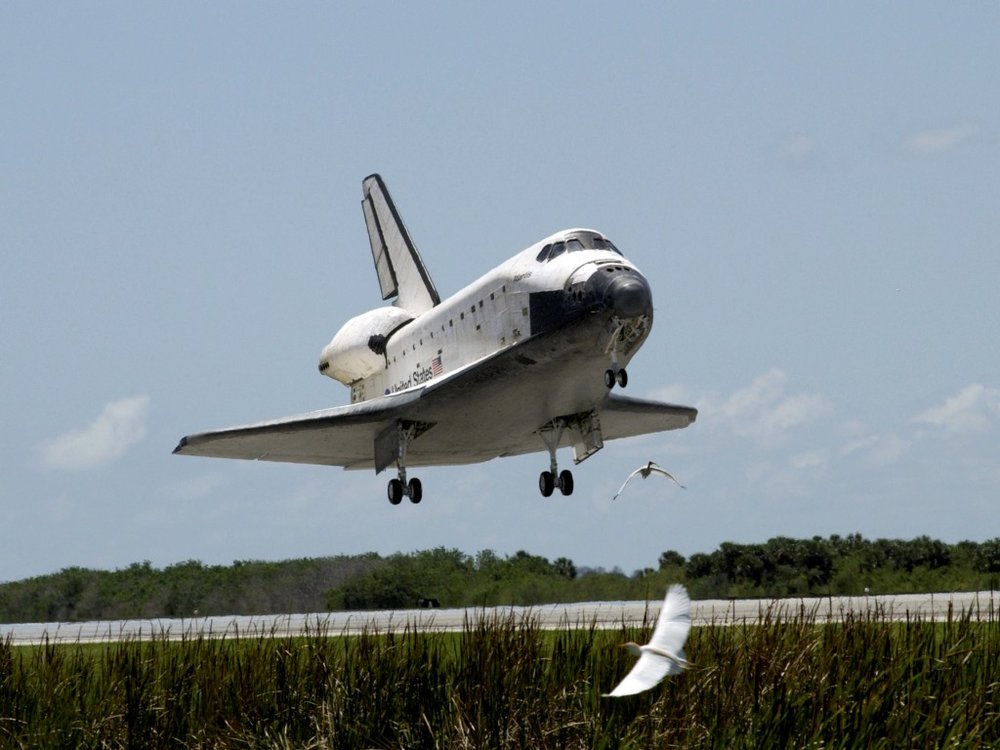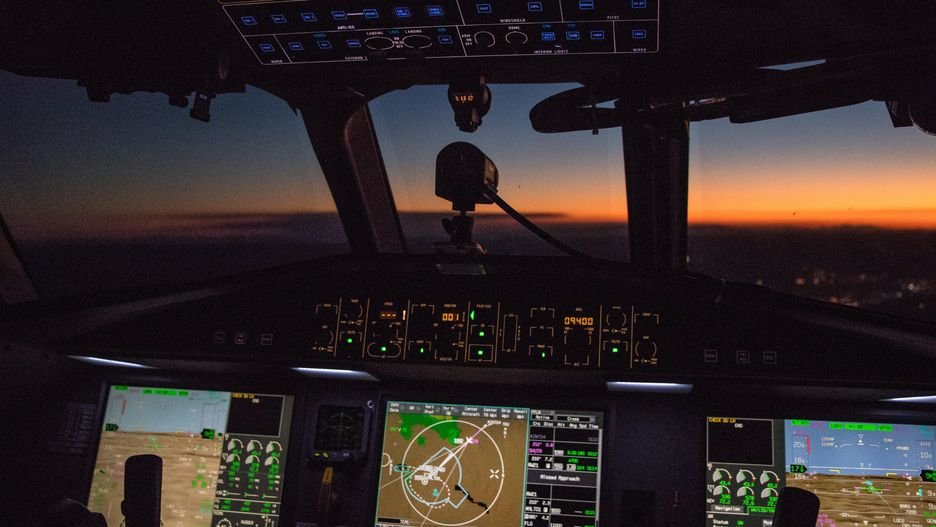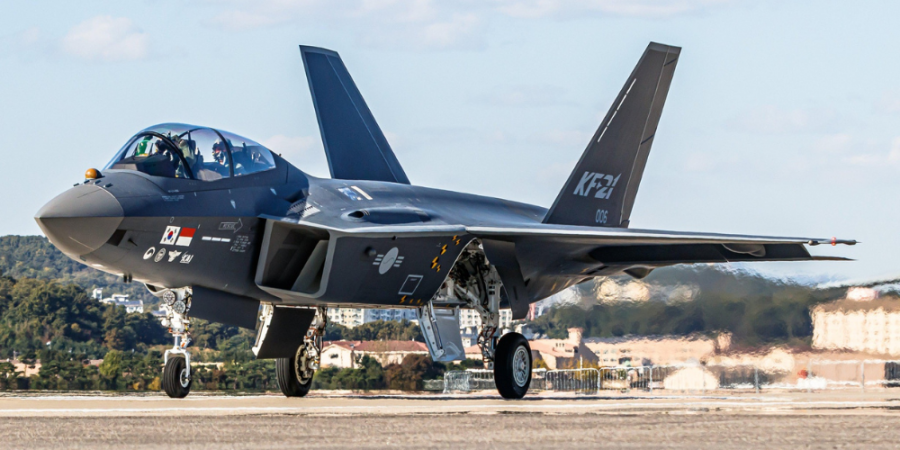Aviation is about to become a whole lot safer with the help of technologies like 3D displays, voice control, and synthetic vision to help the plane see things that the pilot would otherwise miss with an unaided eye.
Synthetic Vision May Help Pilots See Better
Aerospace engineers are testing out new technologies that could completely change the way we fly in commercial aircrafts. Cutting-edge technology like augmented reality and voice assistants could soon be making their way into cockpits, making aviation much safer and convenient for pilots as well as passengers.

The synthetic vision combines various technologies such as terrain maps and data from GPS to show the plane’s exact location relative to its surroundings
One of the newest technologies that can help pilots navigate through bad weather even when it is impossible to see anything outside is synthetic vision, which was first developed by NASA back in the 80’s to prevent the planes from colliding with an obstacle when under the pilot’s control. The new displays are much more visual and help the pilot see things which they would otherwise miss including the runway and various obstacles.
The synthetic vision combines various technologies such as terrain maps and data from GPS to show the plane’s exact location relative to its surroundings. The 3D display gives the pilot real-time updates so that they know exactly where they are and what’s around them even if it’s too dark or stormy to be able to see anything outside.
Smoother Flights with Lower Risk of Accidents
Kyle Ellis, an aerospace engineer for NASA, says that a comprehensive 3D display lets the pilot see more intuitively than the traditional way of checking various 2D displays on the controls. This saves precious time that the pilot would otherwise spend on cross-referencing and analyzing data from the displays to be able to guess what’s ahead of them.
Daniel Kiggins, an American Airlines pilot who was one of the first to test out NASA’s synthetic vision technology, said that the new 3D displays helped him navigate through unusual altitudes with more ease – especially when flying low in a mountainous terrain where the risk of collision was high.
Since the 3D displays make the pilots more confident in flying the plane, the flight is much smoother than it normally would be with 2D displays. The ultimate goal of synthetic vision is to reduce the risk of accidents and deaths from losing control of the plane.
Hey Siri, Let’s Fly!
Voice control seems to be taking over our daily routine as more and more people are talking to their phones and using their voices to lock the front doors and on other home gadgets. Now, pilots may also be able to talk to their planes and give instructional commands using their voice. Of course, the cockpit voice assistant will be much more advanced and precise than Siri to avoid any miscommunication which could lead to disastrous consequences.

The new technology is also great to avoid turbulence in commercial planes which can cause panic and fear among passengers
The voice control will be a huge time-saving mechanism since pilots will no longer have to enter commands manually. The voice control technology has already been tested in different planes in order to help the pilots find various instructions in the flight manual. The pilots speak the commands into their headsets and the smart computer decides which action to take in response to the command such as checking the engine status or pulling up the map.
For Aerospace engineers, the accuracy of the voice control is the number one priority which is why various research groups have already begun adding a plethora of accents and words to build a vocabulary and dialect database. The more data is added to the computers’ neural nets, the more accurate the command system will be.
3D Printing for Lighter Aircrafts
The 3D printing technology may also make its way to the aeronautics industry to make aircrafts lighter which could save fuel and making flying on commercial planes more affordable. Of course, the heavy aircraft parts won’t be printed off from the Honeywell’s 3D printing lab or a home printing machine. Instead, heavy industrial machines capable of printing metals like titanium and nickel will be used to manufacture lighter, more fuel-efficient planes.










